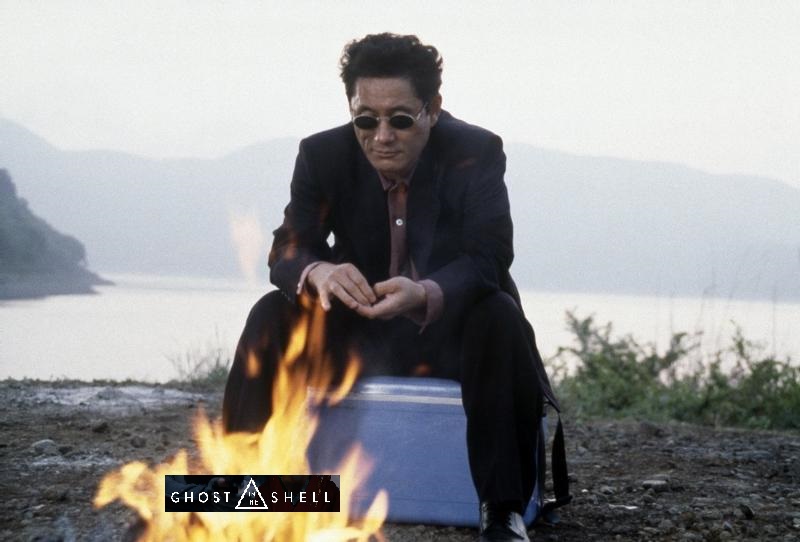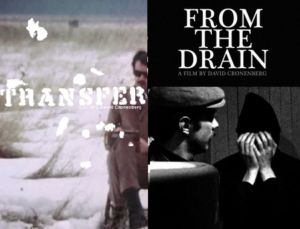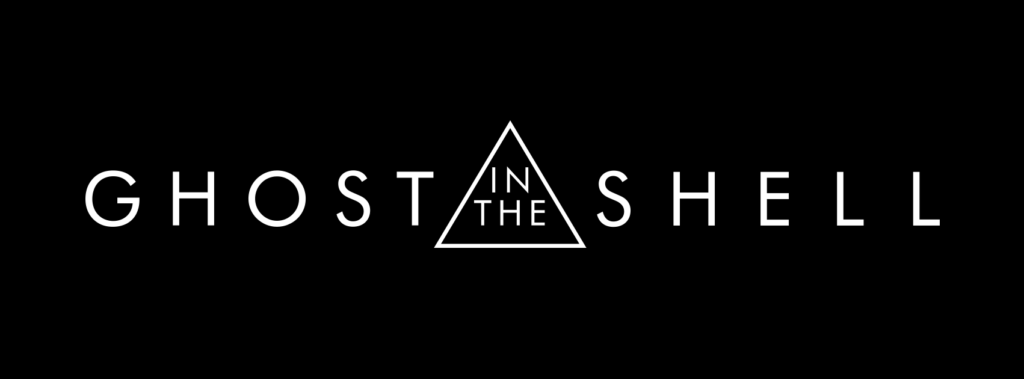
Rupert Sander’s Ghost in the Shell is an exceedingly poor adaptation that appropriates the animated film’s visual style with buckets of technical wizardry, but without an ounce of humanity.
Ghost in the Shell begins on a prodigious note. An eye inspiring remake of the iconic creation & rooftop sequence from the original 1995 animated feature, Mamoru Oshii’s Ghost in the Shell. It’s a set of sequences that has been reused in numerous films, most notably The Matrix. The opening withstanding, Rupert Sander’s 2017 remake of the iconic animated feature, itself an adaptation of Masamune Shirow’s 1989 manga series, fails to live up to its initial promise.
For the unfamiliar, this film is not recommended. It’s best not to leave a sour taste with this abomination and go straight to the source, the 1995 animated feature. It’s essential viewing and is available for rental or purchase at a cost below a matinee showing of this film.
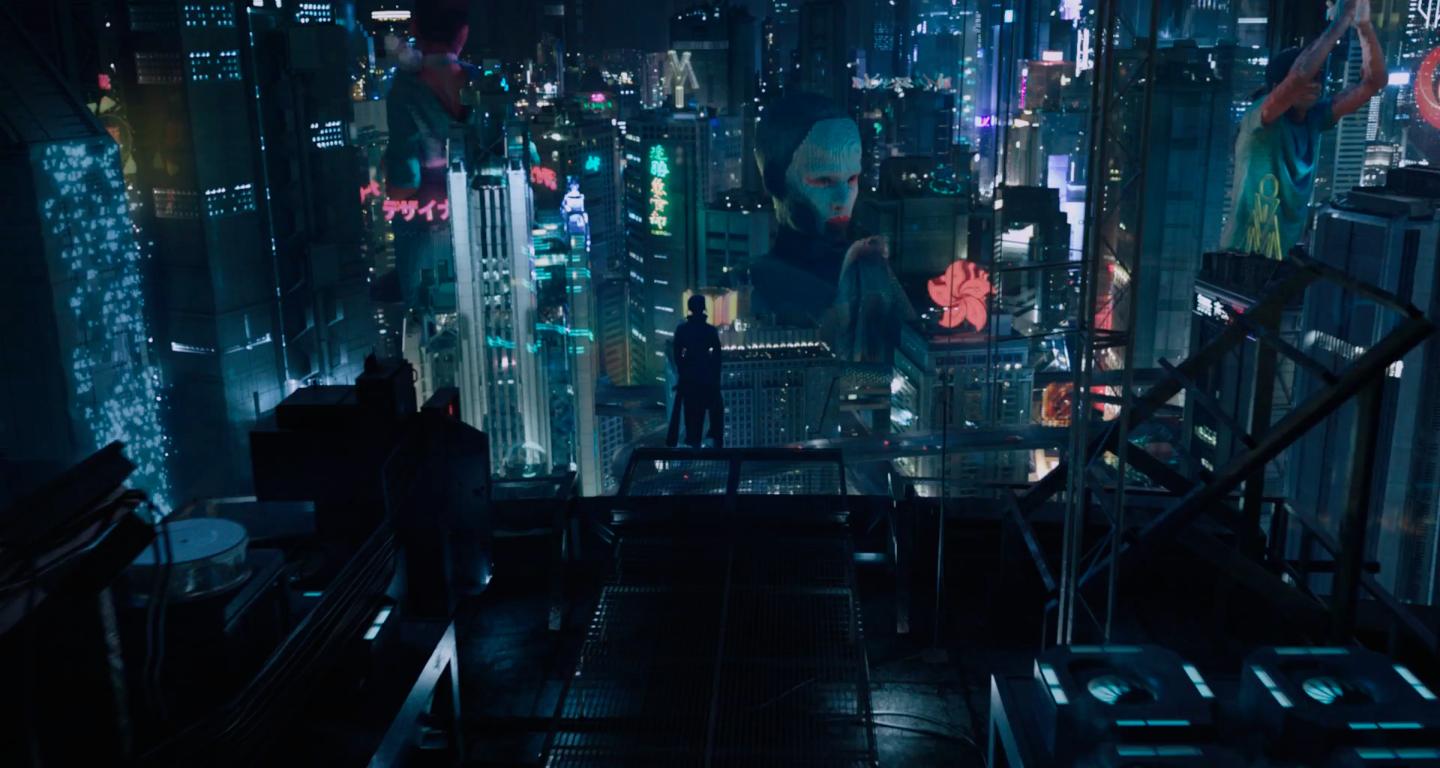
For the curious reader, the initial promise of Sander’s live-action remake is credited to the faithful re imagining of Oshii’s futuristic, cyber punk Hong Kong. Alas, the ‘shell’ of this film is the only positive. The core elements of the animated film has been gutted, repackaged with a frankenstein of plot points taken from the animated feature and related sequel feature film and tv series.
The casting showed promise. The controversial and befuddling ‘whitewashing’ aside, an international cast of global stars, including Takeshi ‘Beat’ Kitano and Juliette Binoche, alongside Pilou Asbaek, Michael Pitt, Chin Han, and Kaori Momoi, reads well on paper. It’s than unsurprising that the cast is used ineffectively, largely as plot devices to move Major Mira Killian (Scarlett Johansson), from one scene to the next.
Johnasson isn’t effective as the Major. While it could certainly be the haphazard script that muddied Johansson’s performance, the monotonous dialogue delivery and stilted physicality left me cold. While it’s true that the Major is a cybernetic counter-terrorism operative, thus markedly cold and rote, the animated film is able to lend a subtle humanity to the character, via a handful of thoughtful sequences where the Major muses on what it means to be human: Exploring the effect of consciousness, gender identity, and technological evolution on the human condition. Here, Johnasson channels Milla Jovovich’s Alice over Charlize Theron’s Furiosa. It’s a missed opportunity, as the Major is a far more interesting character than both Alice and Furiosa. The emotion running through the core of the 1995 film via the exploration of these themes is palpable. It’s thought-provoking and markedly exciting, as these themes are even more relevant 27 years after the release of the film.
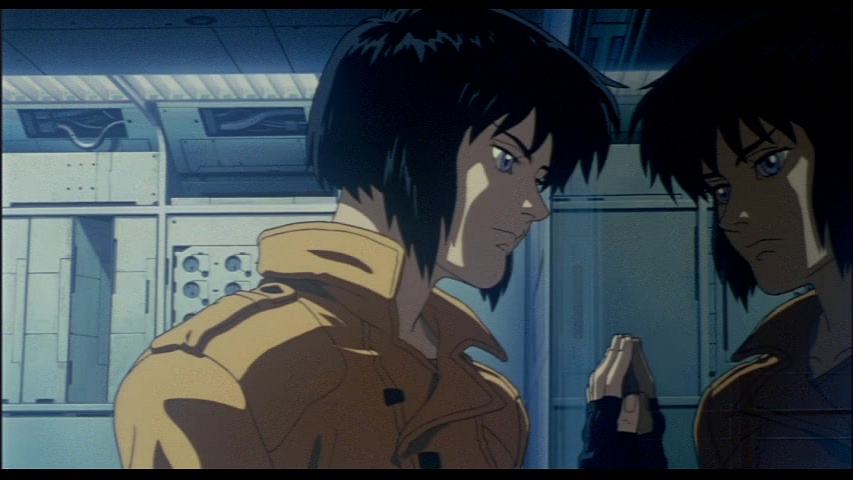
The 2017 remake, however, wears its heart on its mechanical sleeve. Johnasson’s Major is not subtle, as the ‘existential angst’ on display screams rather than builds character. It’s not earned either. Sander’s and his writing team plays Major’s character in an emotionally manipulative manner without properly characterizing the Major or her Section 9 team. The character building is played out through disconnected, scant scenes of Johansson speaking to herself, the film’s antagonists plotting cartoonish revenge that is unjustified, Section 9’s Batou (Asbaek) penchant for feeding stray dogs, and a bizarre “what does it feel like to be human” sequence that plays forced and awkward. Ditto for the reveal in the last act of the film. It’s a surreal sequence that plays rightly into the hands of the dissenters of this film.
It must be repeated that these various sequences were culled from the entire Ghost in the Shell franchise, including the previously mentioned sequel and TV series. This could have been fine if the film lent any gravitas to these sequences. As they stand, they are much akin to the half-baked world-building that accounts for a bulk of would be superhero franchises.
Those sequences withstanding, the film’s titular focus on ‘revenge’ rather than ‘evolution’ goes against the essence of the original animated film. The final sequences in particular give up the ghost. The skeletal characterization and poorly choreographed action sequences that remain leaves only the shell of this film intact.
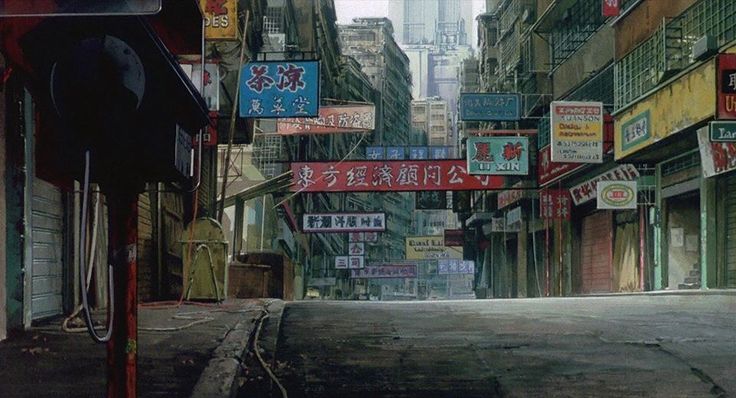
Rupert Sander’s Ghost in the Shell is an exceedingly poor adaptation that appropriates the animated film’s visual style with buckets of technical wizardry, but without an ounce of humanity. It’s been oft-repeated that Japanese animated features cannot be translated for consumption by western audiences, particularly in a live-action format. This is pertinently false, as films like The Matrix, Kill Bill, and Inception demonstrably prove. Relevant, important, and interesting source material, regardless of origin or language, cannot be turned into critical and box-office gold in the hands of profit-driven, tone-deaf, culturally ignorant hacks.
This film belongs in the growing graveyard of Hollywood live-action remakes of Japanese properties, right next to Spike Lee’s Oldboy. Netflix’s upcoming Death Note adaptation is also aptly titled.
Go watch the animated feature, in Japanese with English subtitles.

